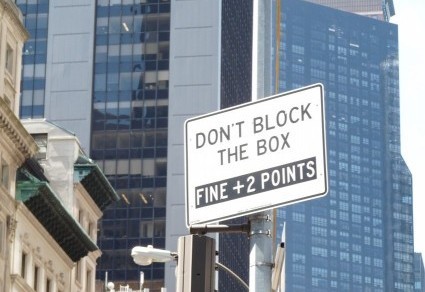How do you judge the quality of something you’re purchasing? By listening to friends’ recommendations, checking online reviews, reading tea leaves? Perhaps you place your trust in signs — not omens, but actual signs, such as this one:

This may be the workplace of a superb tailor, but I object to the phrase one of the best. What does that mean, exactly? One of the best on the block? (That’s likely, as it’s the only tailor on the block.) One of the best in the neighborhood? There might be some argument about that. In the country? The world? The universe? (Hey, if there can be a “Miss Universe,” there can be a “Best Tailor in the Universe,” too.) However vague the claim may be, the store has guaranteed it. It would be interesting to see a dissatisfied customer try to collect!
I had to check the dictionary for this next statement of quality, painted on the side of a van. I usually hide company names when I post signs, but in this case, the name is part of the point.

WE STAND UP TO OUR NAME! When I read this sentence, I pictured someone from the High Definition Cooling Company with hands on hips, defiantly facing the name because . . . well, what does a name have to do to motivate workers to stand up to it? Unable to think of a plausible scenario, I turned to the Oxford English Dictionary for other definitions of stand up to. I found “remain firm in the face of” (stood up to a strong wind), “pass a test” (stood up to close examination), and “rise for a purpose” (stood up to dance). I confess I can’t make any of these definitions work.
Nor do I know what this sign means:

Returning to the OED, I read that uncompromising means “not willing to seek compromise,” “stiff,” “stubborn,” and “unbending.” Okay, the signwriter is touting a style and quality that will not change. But what sort of style and quality does the product have? If it’s an ugly style or a poor quality, most people would prefer a little compromise. I would, and in that spirit, I welcome alternative interpretations of these signs and of the style and quality of this post.






